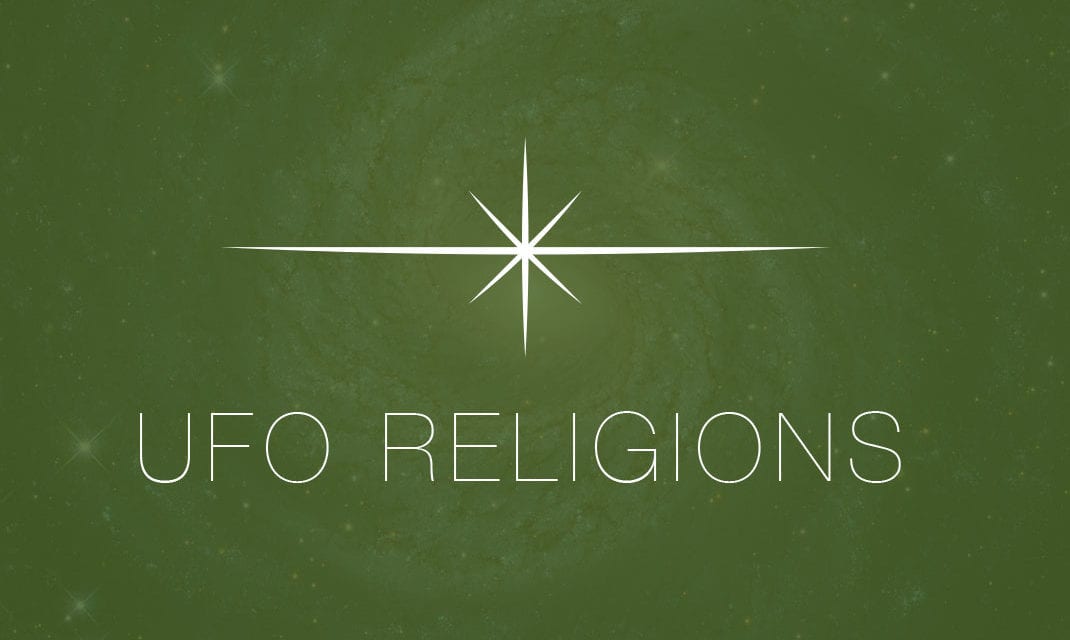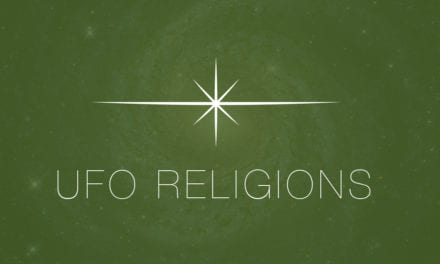This issue of the Philosophical Transactions of the Royal Society is over a month old. I was holding it for a post but got side-tracked on other items. Several of the articles relate to the question of the impact of ET life on religion. I have screen-captured the table of contents for the issue below. If you go to the link, you can hover over the article title and an abstract will pop up. The articles were available for free for a while, but I don’t think they are any longer. I downloaded several to blog about. Here they are (with abstracts), with a link to the last one to read and chat about first:
Simon Conway Morris, Predicting what extra-terrestrials will be like: and preparing for the worst, Phil. Trans. R. Soc. A February 13, 2011 369:555-571
Abstract: It is difficult to imagine evolution in alien biospheres operating in any manner other than Darwinian. Yet, it is also widely assumed that alien life-forms will be just that: strange, un-nerving and probably repulsive. There are two reasons for this view. First, it is assumed that the range of habitable environments available to extra-terrestrial life is far wider than on Earth. I suggest, however, that terrestrial life is close to the physical and chemical limits of life anywhere. Second, it is a neo-Darwinian orthodoxy that evolution lacks predictability; imagining what extra-terrestrial life would look like in any detail is a futile exercise. To the contrary, I suggest that the outcomes of evolution are remarkably predictable. This, however, leads us to consider two opposites, both of which should make our blood run cold. The first, and actually extremely unlikely, is that alien biospheres will be strikingly similar to our terrestrial equivalent and that in such biospheres intelligence will inevitably emerge. The reasons for this revolve around the ubiquity of evolutionary convergence, the determinate structure of the Tree of Life and molecular inherency. But if something like a human is an inevitability, why do I also claim that the first possibility is extremely unlikely? Simply because the other possibility is actually the correct answer. Paradoxically, we and our biosphere are completely alone. So which is worse? Meeting ourselves or meeting nobody?
Malcolm Fridlund, Extra-terrestrial life in the European Space Agencys Cosmic Vision plan and beyond, Phil. Trans. R. Soc. A February 13, 2011 369:582-593
Abstract: Our exciting time allows us to contemplate the moment in the not-too-distant future when we can detect the presence of life on worlds orbiting stars other than our Sun. It will not be easy and will require the development and use of the very latest technologies. It also very probably demands deployment in space of relevant instrumentation in order to carry out these investigations. The European Space Agency has been involved in the studies and development of the required technologies for more than a decade and is currently formulating a roadmap for how to achieve the ultimate detection of signs of life as we know it on terrestrial exoplanets. The major elements of the roadmap consist of the following. First, the search for and detection of terrestrial exoplanets. Here, some progress has been made recently and is reported in this paper. Second, the more and more detailed study of the physical characteristics of such exoplanets. Finally, the search for biomarkersindicators of biological activitythat can be observed at interstellar distances. The last is probably one of the most difficult problems ever contemplated by observational astronomy.
Christopher P. McKay, The search for life in our Solar System and the implications for science and society, Phil. Trans. R. Soc. A February 13, 2011 369:594-606
Abstract: The search for another type of life in the Solar System addresses the fundamental question of life in the Universe. To determine if life forms we discover represent a second genesis, we must find biological material that would allow us to compare that life to the Earths phylogenetic tree of life. An organism would be alien if, and only if, it did not link to our tree of life. In our Solar System, the worlds of interest for a search for life are Mars, Europa, Enceladus and, for biochemistry based on a liquid other than water, Titan. If we find evidence for a second genesis of life, we will certainly learn from the comparative study of the biochemistry, organismal biology and ecology of the alien life. The discovery of alien life, if alive or revivable, will pose fundamentally new questions in environmental ethics. We should plan our exploration strategy such that we conduct biologically reversible exploration. In the long term we would do well, ethically and scientifically, to strive to support any alien life discovered as part of an overall commitment to enhancing the richness and diversity of life in the Universe.
Frank Drake, The search for extra-terrestrial intelligence, Phil. Trans. R. Soc. A February 13, 2011 369:633-643
Abstract: Modern history of the search for extra-terrestrial intelligence is reviewed. The history of radio searches is discussed, as well as the major advances that have occurred in radio searches and prospects for new instruments and search strategies. Recent recognition that searches for optical and infrared signals make sense, and the reasons for this are described, as well as the equipment and special detection methods used in optical searches. The long-range future of the search for extra-terrestrial intelligence (SETI) is discussed in the context of the history of rapid change, on the cosmic and even the human time scale, of the paradigms guiding SETI searches. This suggests that SETI searches be conducted with a very open mind.
Ted Peters, The implications of the discovery of extra-terrestrial life for religion, Phil. Trans. R. Soc. A February 13, 2011 369:644-655
Abstract: This paper asks about the future of religion: (i) Will confirmation of extra-terrestrial intelligence (ETI) cause terrestrial religion to collapse? No is the answer based upon a summary of the Peters ETI Religious Crisis Survey. Then the paper examines four specific challenges to traditional doctrinal belief likely to be raised at the detection of ETI: (ii) What is the scope of Gods creation? (iii) What can we expect regarding the moral character of ETI? (iv) Is one earthly incarnation in Jesus Christ enough for the entire cosmos, or should we expect multiple incarnations on multiple planets? (v) Will contact with more advanced ETI diminish human dignity? More than probable contact with extra-terrestrial intelligence will expand the Bibles vision so that all of creationincluding the 13.7 billion year history of the universe replete with all of Gods creatureswill be seen as the gift of a loving and gracious God.
Albert A. Harrison, Fear, pandemonium, equanimity and delight: human responses to extra-terrestrial life, Phil. Trans. R. Soc. A February 13, 2011 369:656-668
Abstract: How will people respond to the discovery of extra-terrestrial life? Potentially useful resources for addressing this question include historical prototypes, disaster studies and survey research. Reactions will depend on the interplay of the characteristics of the newly found life, the unfolding of the discovery, the context and content of the message and human information processing as shaped by biology, culture and psychology. Pre-existing images of extra-terrestrials as god-like, demonic, or artificial will influence first impressions that may prove highly resistant to change. Most probably people will develop comprehensive images based on minimal information and assess extra-terrestrials in the same ways that they assess one another. Although it is easy to develop frightening scenarios, finding microbial life in our Solar System or intercepting a microwave transmission from many light years away are less likely to be met with adverse reactions such as fear and pandemonium than with positive reactions such as equanimity and delight.




